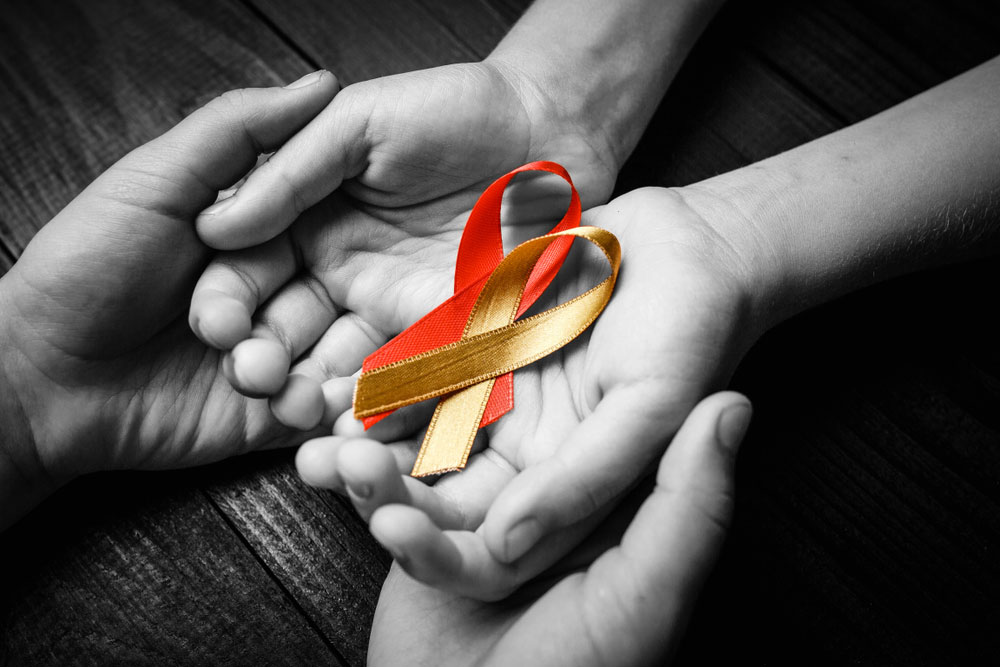Activists in Manipur stand divided in accepting the latest India HIV Estimations, 2017, fact sheets released by the National AIDS Control Organisation (Naco) and the Indian Council of Medical Research (ICMR), which shows a nine per cent decline in new HIV infections between 2010 and 2017.
Despite the Manipur State AIDS Control Society (MSACS) defending the report’s “claim” and stating that the decline is because of the many activities and strategies deployed by the Naco in curbing HIV infections, especially among Injecting Drug Users (IDU’s), a few activists allege that there has been no decline in new HIV infections among IDU’s and that the actual figures have been hidden in the report.
However, MSACS said the decline in new HIV infections, especially among IDU’s, is mostly attributed to Opiod Substitution Therapy (OST). It also said HIV prevalence rate of eight per cent among men having sex with men and transgenders has come down from 29 per cent, is still high.
“Multiple activities and effective strategies by the Naco has curbed the spread of the virus to an extent. The OST has been helpful as IDUs can avoid sharing syringes. Many have enrolled in OST. Now, there are satellite centres where IDUs from far-flung places can get access to OST through such satellite OST centres. IDU’S are not exchanging syringes and new infections are down,” said MSACS joint director Aviram Mongjam.
Among the vocal critics who have refuted the latest Naco HIV estimation, claiming a decline in new HIV infections is Deepak Leimapokpam, the president of Manipur Network of Positive People (MNP+), a state-level community-based non-profitable organisation which was formed in 1997 by five former IDU’s living with HIV. Leimapokpam is also one of those who alleged that new HIV infections are actually on the rise.
Leimapokpam said in the past few years MSACS had stopped publishing monthly data about new HIV cases to which he pointed out that there was at least 150 to 200 new cases every month, and there is the rise on IDU’s in the state as heroin has become cheap.
“They have stopped printing the data for some reason or the other. They (the MSACS) are hiding it. I don’t believe that new HIV infections cases are on the decline. In the past two to three years the transmission of HIV among IDUs has increased and the rate of chances of infections has gone up, especially among young users. The price of heroin has become cheaper,” Leimapokpam said.
According to the India HIV Estimations fact sheets, in 2017 Manipur reported 1,612 new HIV infections cases. Of these, 43 per cent were women.
R.K. Tiken, general secretary of Social Awareness Service Organisation (SASO) said, “I feel new HIV infections have come down. But in some hilly areas, communication is difficult and it is tough for NGOs to reach there. The situation could be different there. According to past findings, new HIV infections have come down.” The fact sheet also reported 1,621 AIDS-related deaths in 2017 with a 28 per cent decline. Women accounted for 40 per cent.











